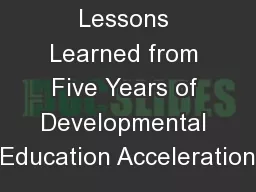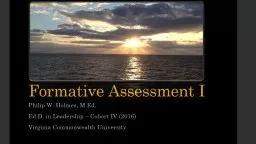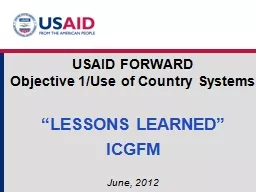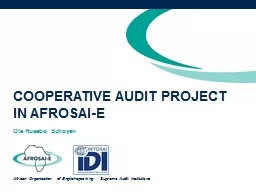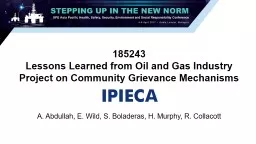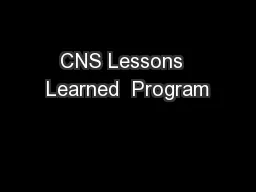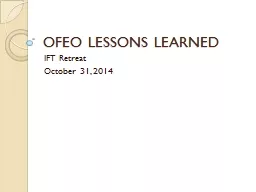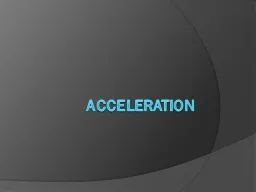PPT-Lessons Learned from Five Years of Developmental Education Acceleration
Author : briana-ranney | Published Date : 2018-03-21
The Community College of Baltimore County Donna McKusick Dean for Developmental Education Peter Adams Director Accelerated Learning Program Jean Ashby Assistant
Presentation Embed Code
Download Presentation
Download Presentation The PPT/PDF document "Lessons Learned from Five Years of Devel..." is the property of its rightful owner. Permission is granted to download and print the materials on this website for personal, non-commercial use only, and to display it on your personal computer provided you do not modify the materials and that you retain all copyright notices contained in the materials. By downloading content from our website, you accept the terms of this agreement.
Lessons Learned from Five Years of Developmental Education Acceleration: Transcript
Download Rules Of Document
"Lessons Learned from Five Years of Developmental Education Acceleration"The content belongs to its owner. You may download and print it for personal use, without modification, and keep all copyright notices. By downloading, you agree to these terms.
Related Documents

